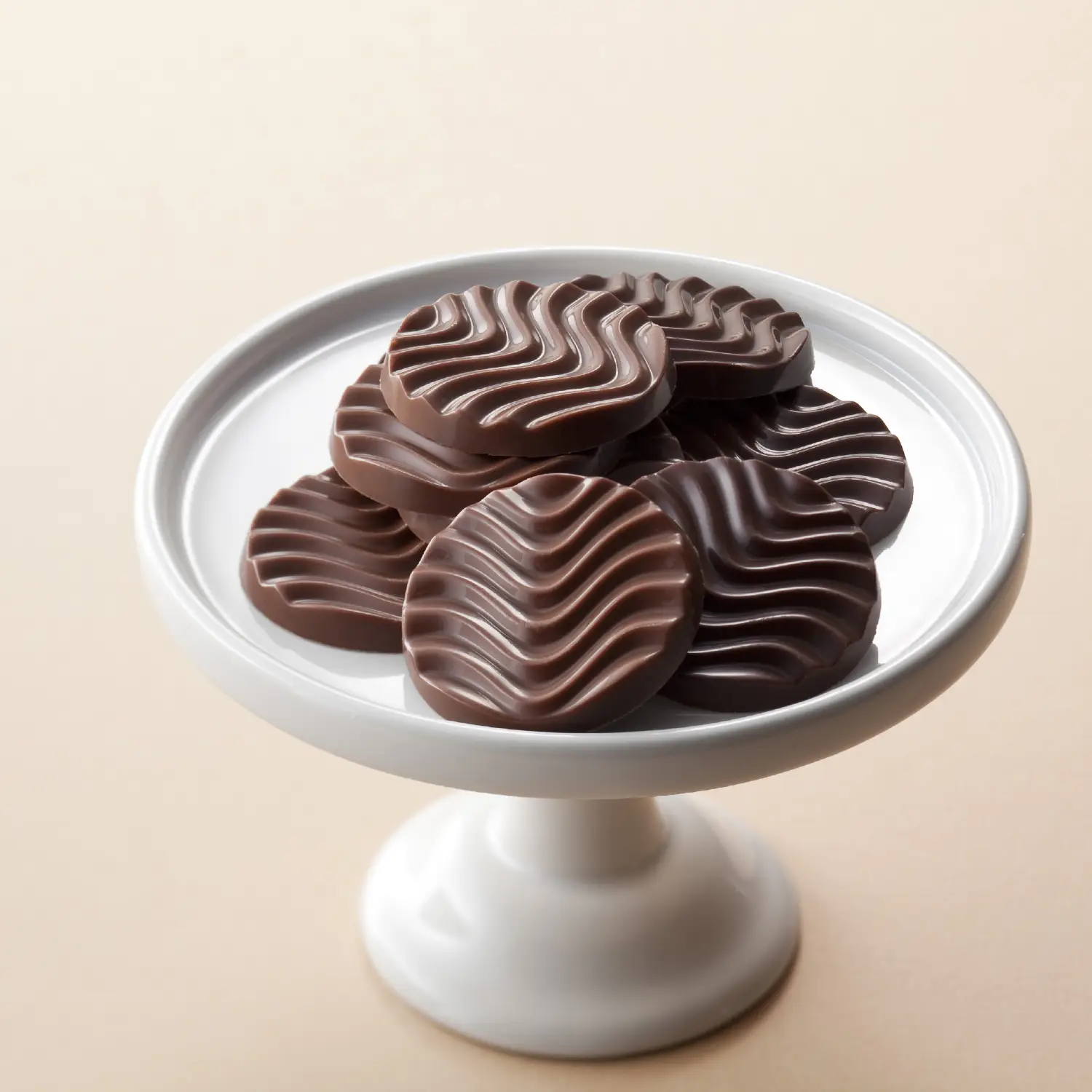Chocolate is a versatile treat that can be used in numerous recipes. Additionally, it can be formed into confections like bars, pralines and bonbons.
Cacao plants require tropical climates for proper development, meaning it’s only viable in countries located along the equator. Unfortunately, climate change could increase temperatures without sufficient raindrops, rendering cocoa production less viable and making cocoa production less sustainable.
Origin
Chocolate is an irresistibly decadent confection composed of cocoa beans harvested from Theobroma cacao trees that grow throughout tropical regions in South America and West Africa.
People have been eating chocolate for millennia. Roasted and ground bean kernels are mixed with sugar to produce chocolate paste that’s then combined into bars of chocolate for consumption.
Ancient civilizations from Central America and Mexico cultivated cacao plants for their seeds, using these to craft an elegant beverage called xocolatl (meaning “bitter water”) which was reserved exclusively for special ceremonies and celebrations.
Since Hernan Cortes brought cacao beans back to Europe during his 16th-century conquests, Europeans have enjoyed sweetened chocolate as a delicious beverage and treat. Chocolate has since become a universally enjoyed pleasure; making it a perfect present on Valentine’s Day and other holidays as well as serving to refresh and revive workers after long days at work. Unfortunately, some workers within the chocolate industry may be exploited; efforts are currently being undertaken to promote fair trade practices within this sector.
Ingredients
Chocolate is made from cocoa beans (from the tropical Theobroma cacao tree), and its taste depends on how much sugar and cocoa butter it contains, as well as any additional flavors added during processing.
Chocolate ingredients may include milk solids, sugar, cocoa powder and flavorings such as vanilla. Furthermore, other forms of fat may be added, including sunflower seed oil; shea oil; safflower oil and even TBHQ (tert-butylhydroquinone), an extender used to protect unsaturated vegetable oils from spoilage.
Chocolate comes in various forms and shapes for sale or cooking use, and can also be customized with other ingredients like fruits or nuts for extra texture and taste. Chocolate makes an ideal present on many special occasions such as Christmas, Valentine’s Day, Easter and Hanukkah – though many more worldwide consume it daily as a beverage served either warm or hot.
Preparation
Making chocolate involves many steps, from choosing cocoa beans to grinding nibs and mixing ingredients. Each step plays an essential part, as different chemical reactions take place that contribute to its final taste – including polyphenols, reducing sugars, aldehydes and ketones (especially furfural) being the main flavor compounds found within chocolate itself.
Once cocoa beans reach a manufacturer, they go through an intensive inspection and testing procedure before being roasted at low temperatures to enhance aroma and flavor development. Following roasting, their shells are removed before either being ground into cocoa mass or liquor depending on what kind of chocolate product is being manufactured.
After this mixture is formed, other ingredients are added – milk powder and sugar (dark chocolate) or without cocoa mass/liquor in white chocolate). After mixing under controlled conditions to reach desired consistency, tempering treatments help form stable crystals, decrease bitterness and astringency while improving texture.
Tasting
An organized chocolate tasting is the best way to understand its many complexities. From hosting an informal party with one or two chocolate pairings to exploring cocoa beans from specific regions or pairing chocolate with wine, there’s something special in store when hosting such an event.
Be sure to cleanse your palate between tasting chocolate samples to prevent residual flavors from clouding your evaluation of them. A glass of water is an effective cleanser; slices of apple or crackers may also prove helpful.
Look carefully at each piece of chocolate to judge its hue and texture – is it glossy or matte, dark or light? Give each chocolate a good, hard touch; observe its finger sensitivity; feel its melt in your hand before bending to test its resistance and hardness. Next, smell and taste it to take note of its aromas before tasting to experience how its flavor comes on gradually or suddenly on your tongue or throat.








